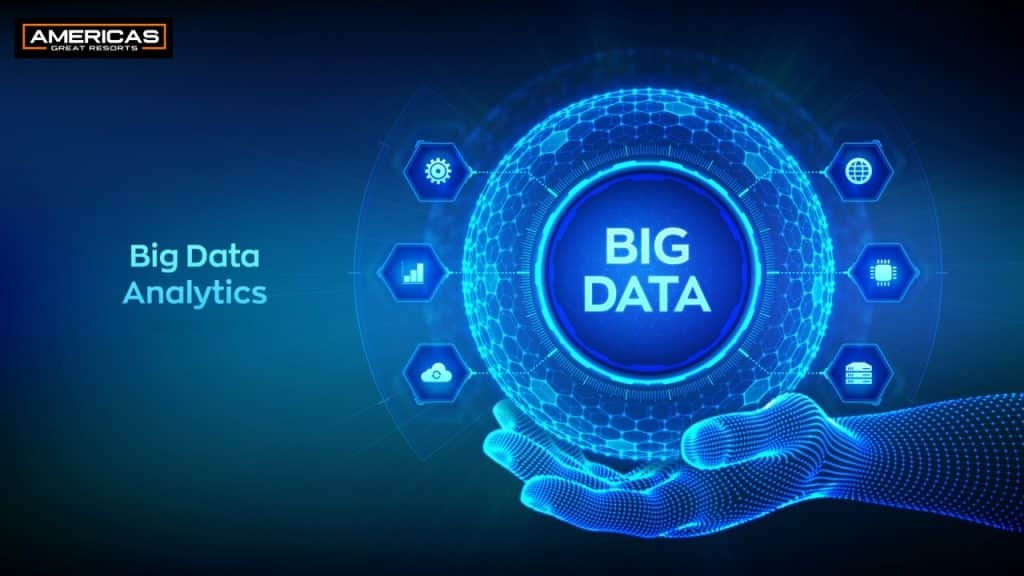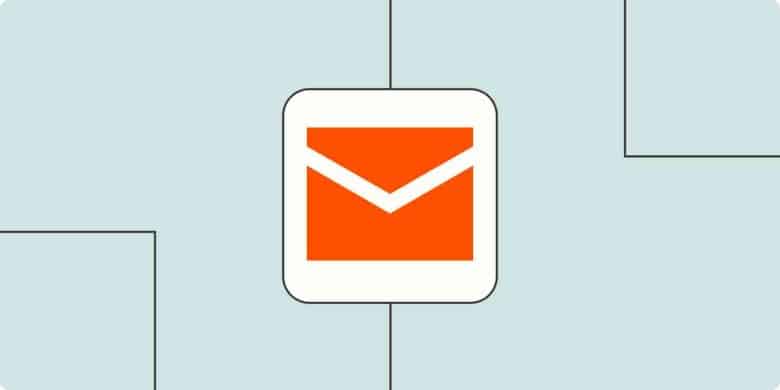The hospitality industry, particularly resorts, has always been dynamic and complex. One of the critical challenges faced by resort managers is optimizing pricing and revenue management to maximize profitability. In recent years, the advent of big data has revolutionized how resorts approach these challenges, providing valuable insights and enabling data-driven decision-making. This article delves into how big data can be leveraged to optimize pricing and revenue management in resorts, ultimately enhancing both guest satisfaction and financial performance.

Understanding Big Data in the Hospitality Industry
Big data refers to the vast volume of structured and unstructured data generated by various sources, including customer interactions, social media, online reviews, booking patterns, and operational systems. In the context of resorts, big data encompasses information from multiple touchpoints such as guest preferences, booking behaviors, seasonal trends, and competitive analysis.
The Role of Big Data in Pricing Optimization
- Dynamic Pricing Models
Big data enables resorts to implement dynamic pricing models that adjust room rates in real-time based on demand, occupancy levels, and market conditions. By analyzing historical data and current trends, resorts can forecast demand more accurately and set prices accordingly. For instance, during peak seasons or special events, prices can be increased to capitalize on higher demand, while during off-peak periods, prices can be lowered to attract more guests.
- Competitive Pricing Analysis
By continuously monitoring competitors’ pricing strategies, resorts can adjust their rates to remain competitive. Big data tools can scrape and analyze pricing information from competitors’ websites and OTAs (Online Travel Agencies) to identify pricing gaps and opportunities. This ensures that resorts are neither overpricing nor underpricing their rooms, thereby optimizing occupancy and revenue.
- Customer Segmentation and Personalization
Big data allows resorts to segment their customers based on various attributes such as booking behavior, spending patterns, and preferences. By understanding these segments, resorts can offer personalized pricing and packages that cater to specific customer needs. For example, frequent guests or loyalty program members can be offered exclusive discounts or value-added services, enhancing their overall experience and encouraging repeat business.
Enhancing Revenue Management with Big Data
- Demand Forecasting
Accurate demand forecasting is crucial for effective revenue management. Big data analytics can process vast amounts of historical data and real-time information to predict future demand patterns. Resorts can use these insights to make informed decisions about inventory allocation, staffing, and promotional strategies. Advanced machine learning algorithms can identify trends and anomalies that traditional methods might miss, providing a more robust forecasting framework.
- Optimizing Distribution Channels
Resorts often sell their inventory through multiple distribution channels, including direct bookings, OTAs, and travel agents. Big data helps in analyzing the performance of each channel, allowing resorts to allocate inventory strategically. By identifying which channels yield the highest revenue and occupancy rates, resorts can optimize their distribution mix to maximize profitability.
- Revenue Leakage Prevention
Revenue leakage occurs when potential revenue is lost due to inefficiencies or missed opportunities. Big data analytics can help identify areas where revenue leakage might occur, such as unoptimized pricing, overbooking, or cancellation policies. By addressing these issues proactively, resorts can minimize revenue loss and improve overall financial performance.
Case Studies: Successful Implementation of Big Data
- Case Study 1: Marriott International
Marriott International has been a pioneer in leveraging big data for revenue management. By utilizing a sophisticated revenue management system that integrates big data analytics, Marriott can dynamically adjust room rates across its portfolio of properties. This system analyzes data from various sources, including booking trends, market conditions, and competitor pricing, to optimize pricing strategies. As a result, Marriott has seen significant improvements in occupancy rates and revenue per available room (RevPAR).
- Case Study 2: Hilton Worldwide
Hilton Worldwide uses big data to enhance its customer segmentation and personalization efforts. By analyzing guest data from its loyalty program and booking history, Hilton can create targeted marketing campaigns and personalized offers. This approach has led to increased guest satisfaction and loyalty, as well as higher conversion rates for promotional offers. Additionally, Hilton’s revenue management system uses big data to forecast demand and adjust pricing in real-time, ensuring optimal revenue performance.
Challenges and Considerations
While the benefits of using big data in pricing and revenue management are significant, there are also challenges that resorts must consider:
- Data Privacy and Security
With the increasing amount of data being collected, ensuring data privacy and security is paramount. Resorts must comply with data protection regulations such as GDPR and implement robust security measures to protect guest information.
- Data Integration and Quality
Integrating data from multiple sources and ensuring its accuracy can be challenging. Resorts need to invest in data management systems and processes that ensure data quality and consistency.
- Skillset and Expertise
Leveraging big data requires specialized skills and expertise in data analytics and machine learning. Resorts may need to invest in training their staff or hiring data scientists to fully capitalize on the potential of big data.
Future Trends
The use of big data in the hospitality industry is continuously evolving. Here are some future trends that are likely to shape pricing and revenue management in resorts:
- Artificial Intelligence and Machine Learning
AI and machine learning algorithms are becoming increasingly sophisticated, enabling more accurate demand forecasting and personalized pricing strategies. These technologies can analyze complex datasets and identify patterns that were previously unattainable.
- Internet of Things (IoT)
IoT devices, such as smart thermostats and occupancy sensors, generate valuable data that can be used to optimize energy consumption, enhance guest experiences, and improve operational efficiency. Integrating IoT data with big data analytics can provide resorts with deeper insights into guest behavior and preferences.
- Blockchain Technology
Blockchain technology offers potential applications in enhancing data security, improving transparency in transactions, and streamlining loyalty programs. Resorts can explore the use of blockchain to build trust with guests and ensure the integrity of their data.
Final Thoughts
Big data is transforming the way resorts approach pricing and revenue management. By harnessing the power of data analytics, resorts can make informed decisions, optimize pricing strategies, and enhance revenue management practices. While there are challenges to overcome, the potential benefits in terms of increased profitability and improved guest satisfaction are substantial. As technology continues to advance, the role of big data in the hospitality industry will only grow, offering new opportunities for resorts to stay competitive and thrive in an ever-changing market.

